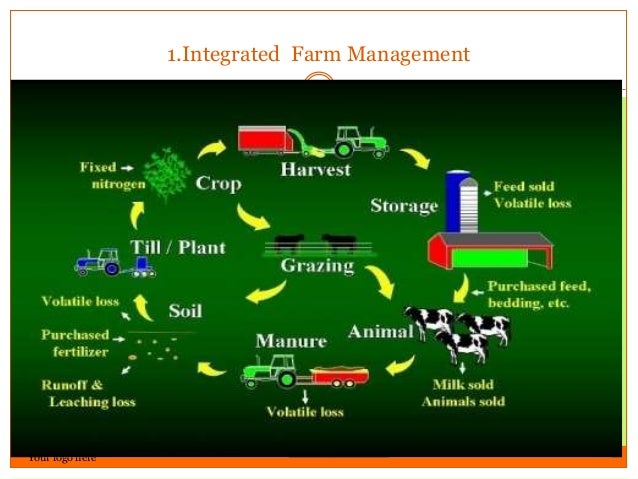The Best Strategy To Use For "Planning for Success: How to Set Realistic Goals in Farm Management"

Generating a Farm Plan That Sustains Crop Rotation and Soil Health
Crop turning is a essential practice in sustainable agriculture that advertises soil health and lessens the threat of pests and diseases. By methodically growing different crops in a certain pattern, farmers may effectively deal with nutrients, management weeds, and enhance dirt productivity. Creating a extensive farm strategy that includes plant rotation concepts is essential for maximizing yields, lessening inputs, and ensuring long-term sustainability. In this article, we will describe the key measures to create a ranch strategy that sustains plant rotation and ground health.
1. Determine Your Ground: The first step in establishing a farm planning is to assess your soil's qualities and fertility degrees. Administering frequent dirt examinations may deliver beneficial understandings right into nutrition deficiencies or discrepancies, pH levels, organic matter material, and microbial task. Understanding your dirt's problem will aid you establish which plants are ideal for details places of your ranch.

2. Break down Your Farm in to Zones: To execute an efficient plant rotation program, it is essential to split your ranch into various zones located on factors such as soil kind, sunshine visibility, drain designs, or the lay of the land. Through identifying these distinct zones within your farm, you may customize crop collection depending on to each area's one-of-a-kind qualities.
3. Select Appropriate Crop Groups: After splitting your ranch right into zones, categorize plants in to different groups located on their vitamins and mineral criteria or development habits. This grouping permits you to turn plants within each zone systematically. For instance, vegetables such as peas or beans take care of nitrogen in the ground while grain plants like corn or wheat or grain possess higher nutrition demands.
4. Plan Crop Sequencing: Once you have chosen proper crop teams for each zone of your farm, it's time to organize their sequencing throughout the increasing season(s). A well-designed pattern makes sure that each plant observes one with various vitamins and mineral demands or growth habits to maximize source use while decreasing parasite and health conditions typically.
5. Consider Cover Crops: Including deal with crops right into your crop turning plan is important for enhancing ground health and wellness. Cover plants, such as clover or rye, assist stop erosion, improve ground construct, suppress pots, and enhance organic issue material. Including cover plants in your turning can easily enrich nutrition cycling and minimize the requirement for synthetic plant foods or weed killers.
6. Manage Pest and Disease Pressure: Crop turning participates in a important part in managing insect and illness by cracking their lifestyle patterns. Through rotating plants along with various susceptibility amounts to details pests or health conditions, you can reduce their buildup in the dirt. This method lessens the dependence on chemical assistances while preserving beneficial pests and microbial neighborhoods.
7. Carry out Conservation Practices: In addition to crop rotation, applying preservation strategies like lessened cultivation or mulching can additionally improve ground health and wellness and water retention ability. Decreased cultivation minimizes ground disorder, preserves all natural matter content, and improves nutrient schedule. Mulching aids moderate soil temperature level, use less wetness, control pots, and promote valuable microbial task.
8. Try This and Conform: Frequent screen of your farm's development is vital to determine the effectiveness of your crop rotation strategy and create necessary changes if required. Maintain files of yields, pot stress amounts, pest break outs, or condition likelihood to determine designs over time. Assess the influence of your ranch strategy on total ground wellness by administering routine soil exams.
In verdict, producing a farm planning that assists plant rotation and soil health and wellness is important for lasting agriculture strategies. By examining your soil's features, breaking down your farm into zones based on its one-of-a-kind attributes, picking necessary plant groups for each zone, planning crop sequencing strategically throughout the increasing season(s), integrating cover plants right into turnings strategy , managing pest and illness tension efficiently , implementing conservation strategies like decreased husbandry or mulching ,and routinely keeping an eye on and adapting as necessary - farmers can improve yields while ensuring long-term sustainability in their operations.
